
Welcome to our exploration of “Vintage Architecture.” As you embark on this exploration through the corridors of architectural history, you might find yourself pondering the significance of vintage architecture. What makes these structures endure the test of time? How do they continue to captivate our imaginations and inspire awe, centuries after their creation? These questions, swirling in the depths of your mind, reflect a curiosity shared by many who are drawn to the allure of bygone eras.
In this article, we explore the evolution of vintage architecture from its ancient roots to its lasting impact in the contemporary bygone era. Explore the defining features of vintage structures, spanning from the majestic splendor of ancient civilizations to the refined elegance of the Renaissance, and from the lavishness of the Baroque to the understated charm of the Arts and Crafts movement.
Discover the cultural and historical significance of vintage architecture, and learn about preservation efforts to safeguard these treasures for future generations. Join us as we unravel the mysteries and uncover the timeless beauty of vintage architecture together.
Historical Context

Throughout the centuries, architectural styles have evolved, reflecting the cultural, social, and technological advancements of their time. From the grandeur of ancient civilizations to the innovation of the modern era, each period has left its indelible mark on the architectural landscape.
The Gothic cathedrals of Europe, with their soaring spires and intricate stained glass windows, evoke a sense of divine awe, while the Renaissance palaces of Italy, with their harmonious proportions and classical motifs, celebrate the rebirth of human creativity.
The Baroque extravagance of Versailles and the Rococo whimsy of the Palace of Sanssouci in Potsdam showcase the opulence and refinement of 17th and 18th-century Europe, while the Art Deco skyscrapers of New York City herald the dawn of the modern age.
Characteristics of Vintage Architecture
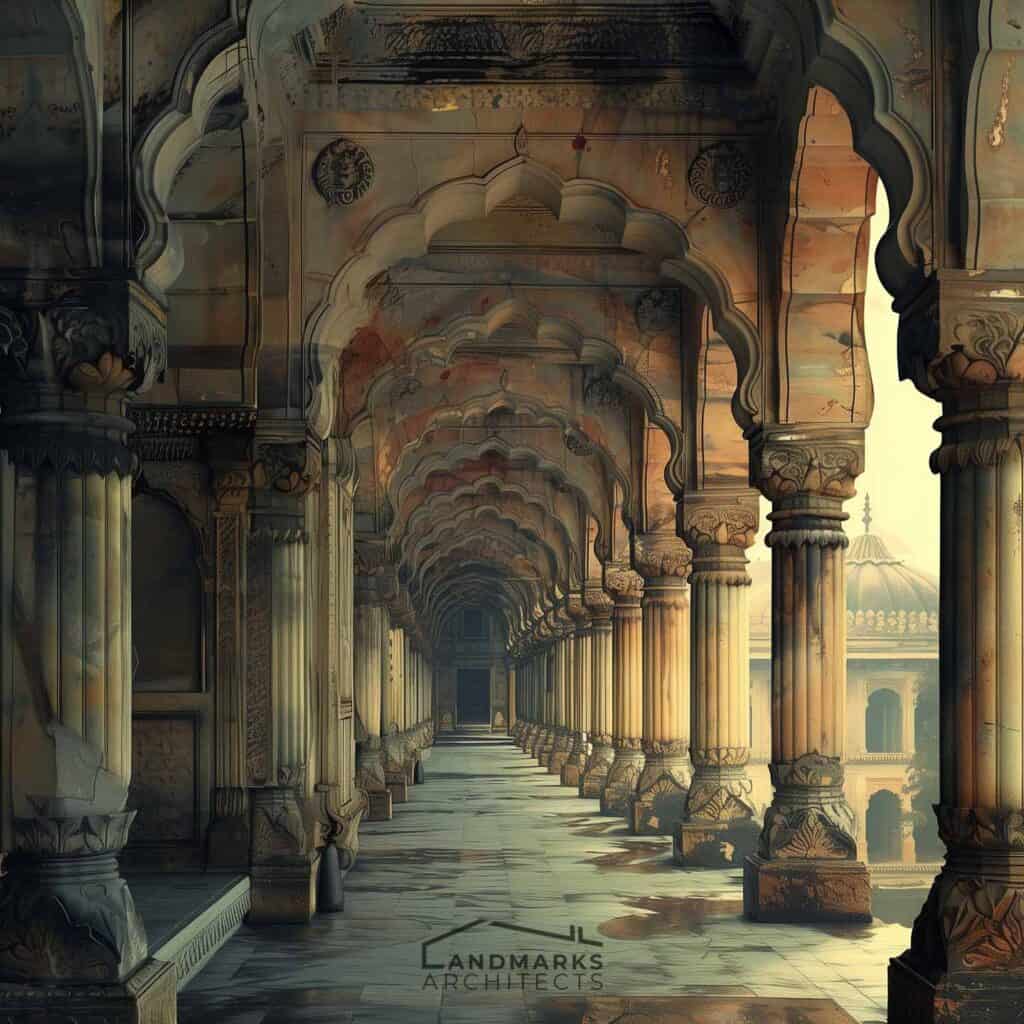
Vintage architecture is characterized by its meticulous attention to detail, exquisite craftsmanship, and timeless elegance. Materials such as stone, brick, and timber, coupled with innovative construction techniques, contribute to the enduring allure of vintage buildings, standing as a testament to the ingenuity of their creators. Let’s explore some of these elements:

1. Arch: Arches are architectural elements that have been used for centuries to provide structural support and aesthetic appeal. They are curved structures that span an opening and distribute the weight above it. Arches can be found in various forms, including rounded, pointed, and segmental. They are prevalent in styles such as Roman, Gothic, and Renaissance architecture. Arches not only serve functional purposes but also add a sense of grandeur and elegance to buildings.

2. Column: Columns are vertical structural elements that support the weight of a building or its part, such as a portico, architrave, or arcade. They have been integral to architecture since ancient times, with different civilizations employing various styles and orders, such as Doric, Ionic, and Corinthian. Columns are not only structural components but also serve as decorative elements, often adorned with intricate carvings and ornamentation. They symbolize strength, stability, and classical beauty, making them a quintessential feature of vintage architecture.
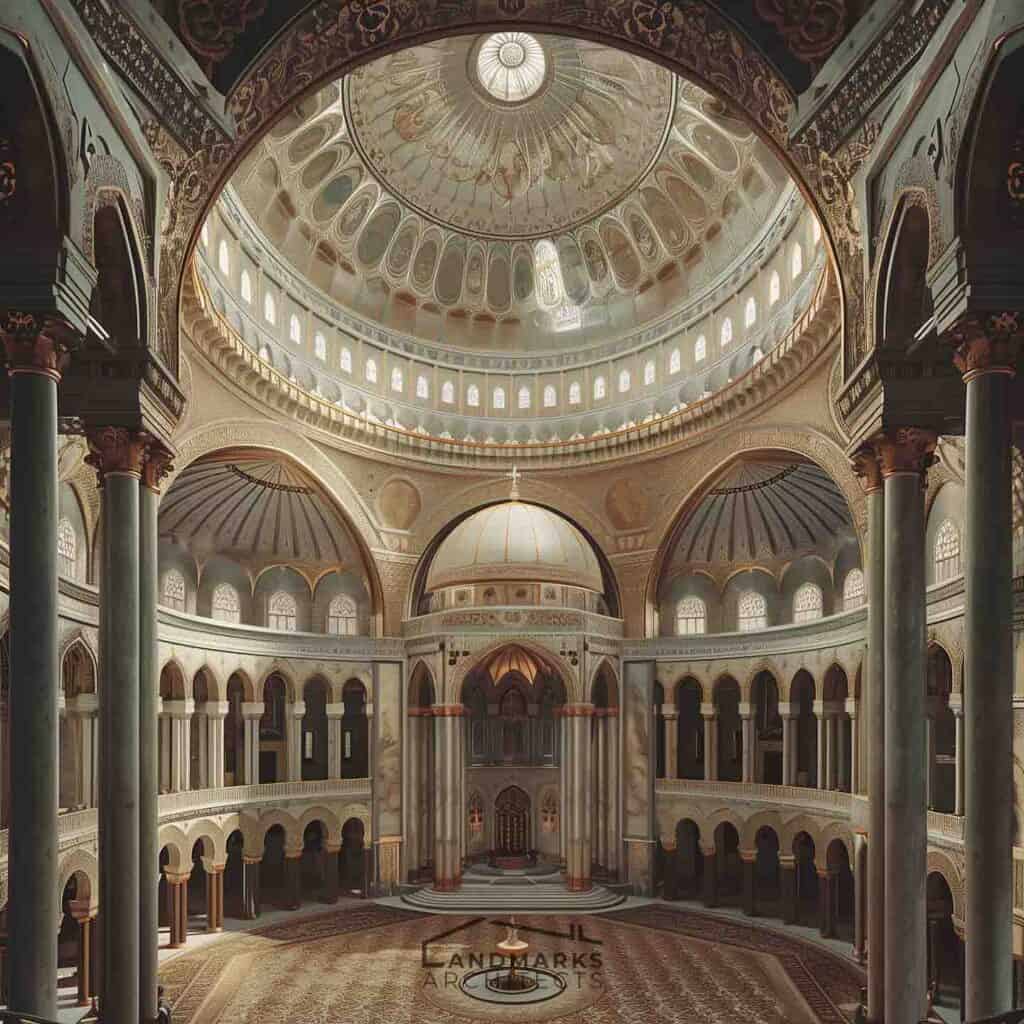
3. Dome: Domes have been used in various cultures and time periods, from ancient Rome to the Renaissance and beyond. Domes are typically constructed using a series of curved or polygonal segments, which converge to form a complete structure. They are known for their structural ingenuity, as they distribute weight evenly and provide expansive interior spaces without the need for supporting columns. Domes are synonymous with grandiose buildings such as churches, mosques, and government edifices, evoking a sense of awe and majesty.
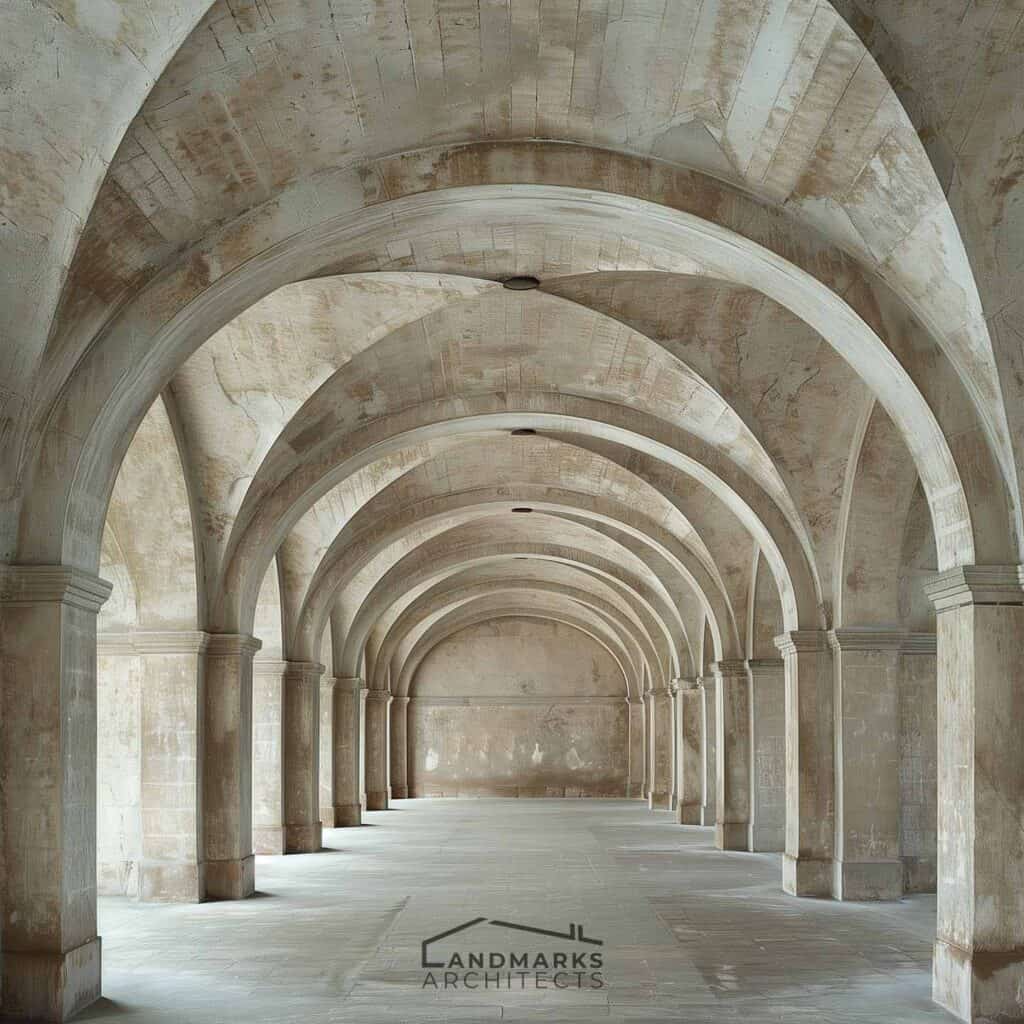
4. Vault: Vaults are architectural features that consist of a series of arches arranged in a continuous, or nearly continuous, sequence. They form a ceiling or roof structure that spans a space, providing both structural support and visual interest. Vaults can be found in various forms, including barrel vaults, groin vaults, and ribbed vaults, each offering unique architectural possibilities. They have been employed since ancient times, particularly in Roman and Gothic architecture, and are admired for their strength, elegance, and ability to create dramatic interior spaces.
Cultural and Historical Significance

Beyond their aesthetic appeal, vintage buildings hold immense cultural and historical significance. They serve as tangible reminders of past eras, reflecting the values, aspirations, and aspirations of society at the time of their construction. From the humble cottages of rural America to the grand palaces of imperial China, each structure tells a story, weaving together the rich mosaic of human history.
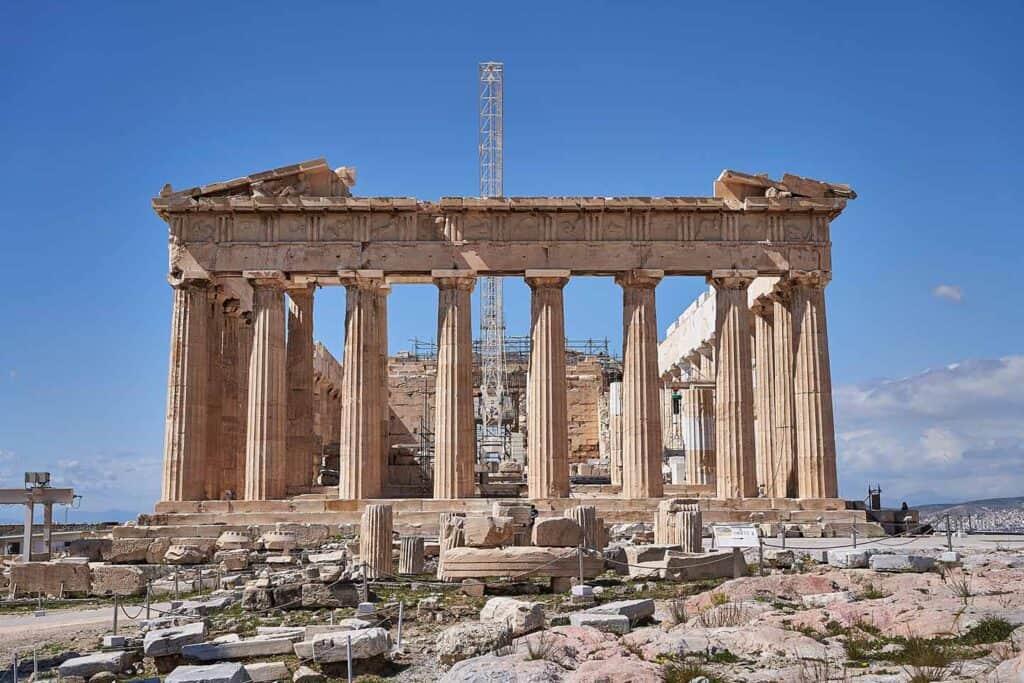
Architectural styles often reflect broader cultural and societal trends, with buildings serving as symbols of power, wealth, and identity. The Parthenon, with its majestic columns and sculpted friezes, embodies the ideals of ancient Greek democracy, while the Great Wall of China stands as a testament to the strength and resilience of an empire.
Economic and Environmental Benefits

The preservation of vintage architecture not only safeguards our cultural heritage but also yields significant economic and environmental benefits worldwide. Historic landmarks around the world attract tourists, stimulate local economies, and enhance property values, contributing to sustainable development and community revitalization efforts on a global scale. Furthermore, adaptive reuse promotes resource conservation, reducing the environmental impact of new construction and fostering a more sustainable built environment.
By preserving historic buildings, we can mitigate the carbon footprint associated with demolition and new construction, while also celebrating the craftsmanship and ingenuity of past generations.
Contemporary Relevance

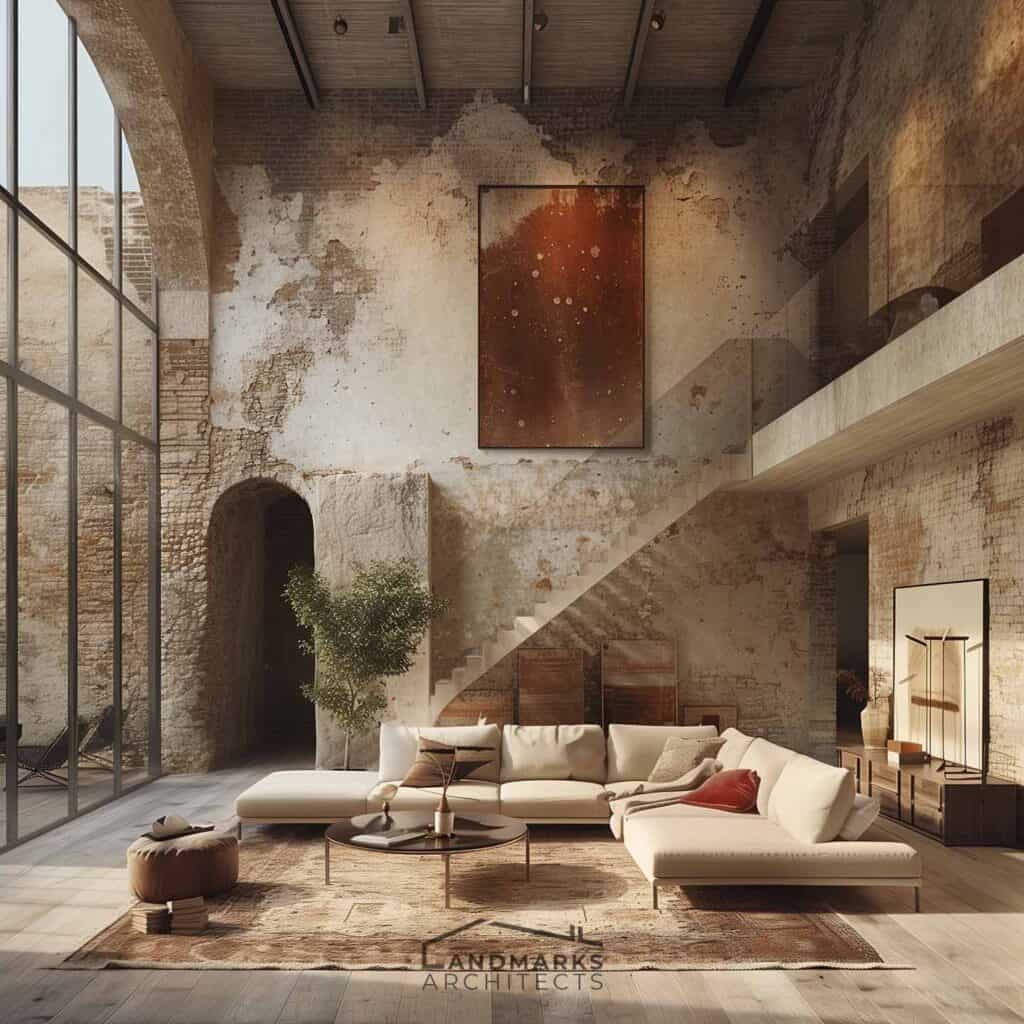
Amidst the ever-changing landscape of architectural design, vintage architecture persists as a wellspring of inspiration for modern ideas. Designers and architects deftly weave together the timeless elements of bygone eras with contemporary innovation, crafting environments that harmonize functionality with visual allure.
Through initiatives such as adaptive reuse and sustainable construction, the essence of vintage architecture permeates both present and future structures. Embracing the ideals of historic preservation and adaptive reuse fosters a built environment that reveres history while embracing forward-thinking an idea.
Challenges and Future Outlook

However, the preservation of vintage architecture is not without its challenges. Urban development pressures, neglect, and lack of funding pose significant threats to the integrity of historic landmarks. As we look to the future, it is imperative that we address these challenges head-on, implementing strategies to protect and preserve our architectural heritage for future generations to cherish and enjoy.
By fostering a culture of stewardship and collaboration, we can ensure that the beauty and character of vintage architecture endure for centuries to come, enriching the lives of generations yet unborn.
Vintage Architecture: A Recap

In conclusion, vintage architecture stands as a testament to the beauty, creativity, and ingenuity of human civilization. From the grandeur of ancient monuments to the simplicity of rural cottages, each building tells a story, weaving together the fabric of our shared history.
As stewards of this architectural heritage, it is our responsibility to preserve and protect these treasures for future generations, ensuring that the beauty and character of vintage architecture endure for centuries to come. By embracing the principles of historic preservation and adaptive reuse, we can create a built environment that honors the past while embracing the future, enriching the lives of generations yet unborn.










